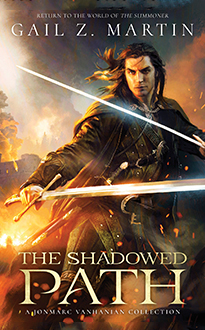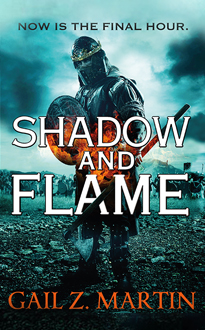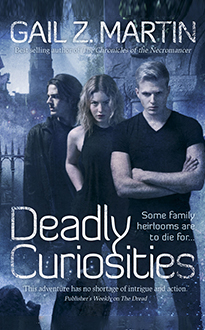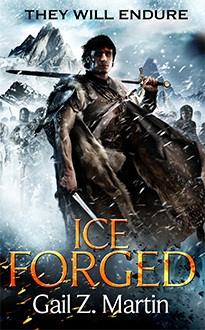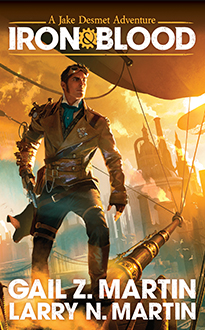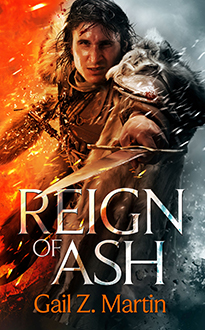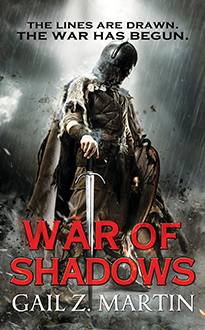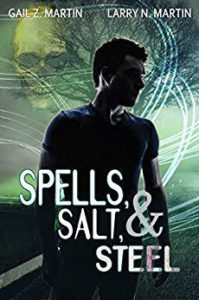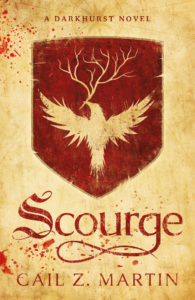by Gail Z. Martin
Ever buy a pair of boots—or shoes or jeans—and while they fit, they don’t really “fit.” Not yet. They haven’t molded to your contours. You haven’t broken them in.
As a writer, there’s a “breaking in” period when you leave one fictional world that you’ve painstakingly developed and nurtured to begin a new fictional world. And I know that, as a reader, there’s a little bit of adjustment that also goes along with following a favorite author from one series into another, new set of books. It takes some getting used to.
I spent many years and six books developing my Chronicles Of The Necromancer/Fallen Kings Cycle world of the Winter Kingdoms, and writing in that world was as comfortable as slipping into a favorite pair of jeans or a well-worn pair of boots. I knew the neighborhood. I understood the culture like a native. I knew the characters well enough that I would sometimes dream in their voices. It was home.
Then those stories came to a natural resting point and I decided to create a new series in a totally new world with very different characters, which begins with Ice Forged. And the process of breaking in the new boots began again.
This time around, however, I knew what to expect. I knew it would take a while to hit my stride, to feel at home. I gave myself time to get to know the characters and their world. I sat with the story, explored the culture, and questioned the characters in my mind, and they became real to me. It’s a gradual process, like learning to feel at home in a new city. For a while after you move, everything seems strange. Then one day, like magic, you know where you’re going without thinking about it. And you realize that you’re home.
Just as I went through an adjustment moving from one series to another, I know readers of my first six books will also feel a little displaced. The worlds, characters, and cultures are very different, but I believe they are each intriguing in their own way. Yes, there’s a pang when you miss a favorite character, but my hope is that the concept of Ice Forged and the new series will intrigue readers enough to get past the “new kid on the block blues” and that they will move into the new neighborhood with me and share the adventure.
There are lots of stories I still hope to tell in my world of the Winter Kingdoms, but the plot line takes a natural break for a while, and as readers of my books can attest, I’ve put my characters through an awful lot—they deserve a chance to put their feet up and have a few beers. Duty will call them back to action soon enough.
In the meantime, c’mon over to my other world and explore the Ascendant Kingdoms Saga, beginning with Ice Forged. It’s full of new favorite characters you haven’t met yet, a whole new world to explore, and an impossible quest (or two). Their story begins with the end of the world. Come join the adventure!
Gail Z. Martin’s newest book, Ice Forged: Book One in the Ascendant Kingdoms Saga (Orbit Books), launched in January 2013. Gail is also the author of the Chronicles of the Necromancer series (Solaris Books) and The Fallen Kings Cycle (Orbit Books). For more about Gail’s books and short stories, visit www.AscendantKingdoms.com. Be sure to “like” Gail’s Winter Kingdoms Facebook page, follow her on Twitter @GailZMartin, and join her for frequent discussions on Goodreads.
Read an excerpt from Ice Forged here: https://a.pgtb.me/JvGzTt




